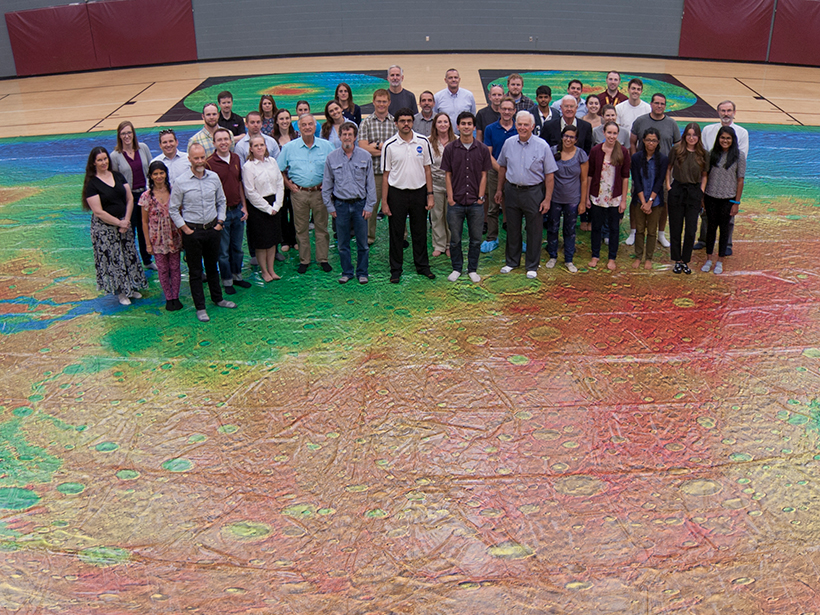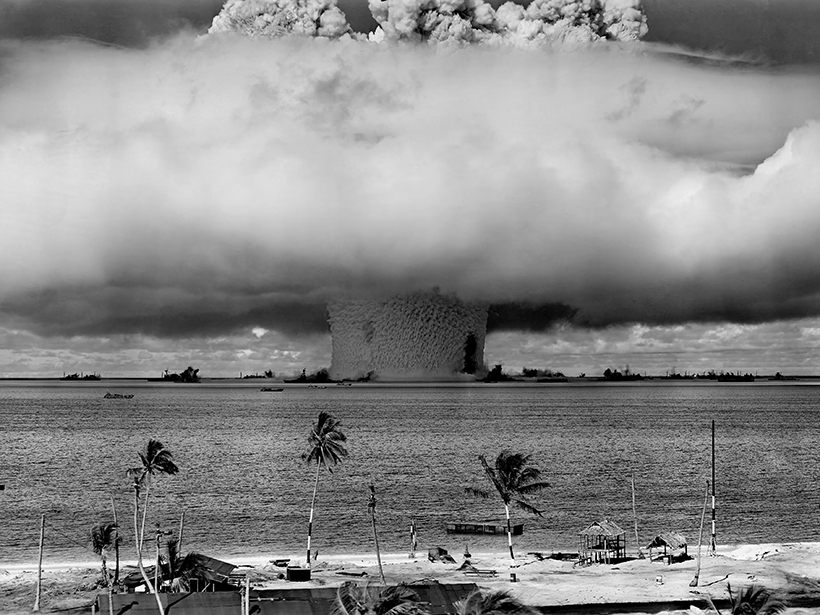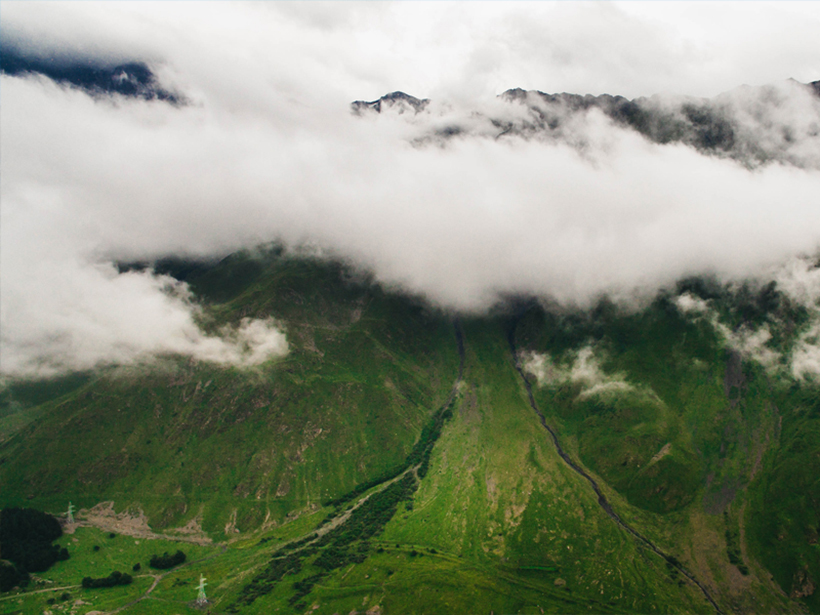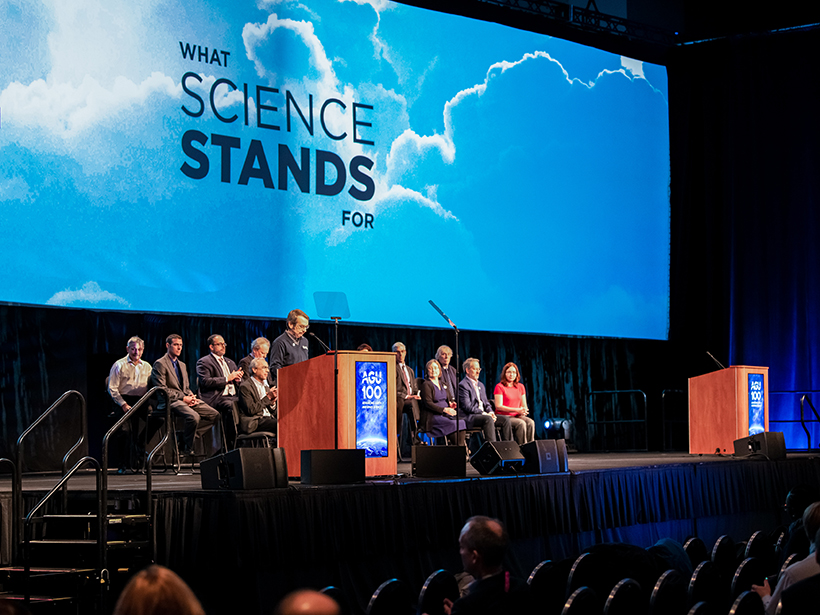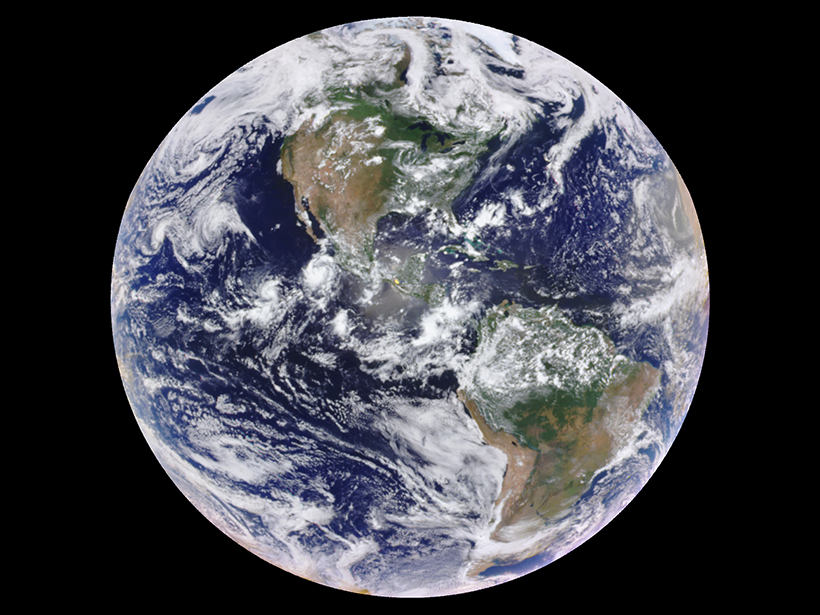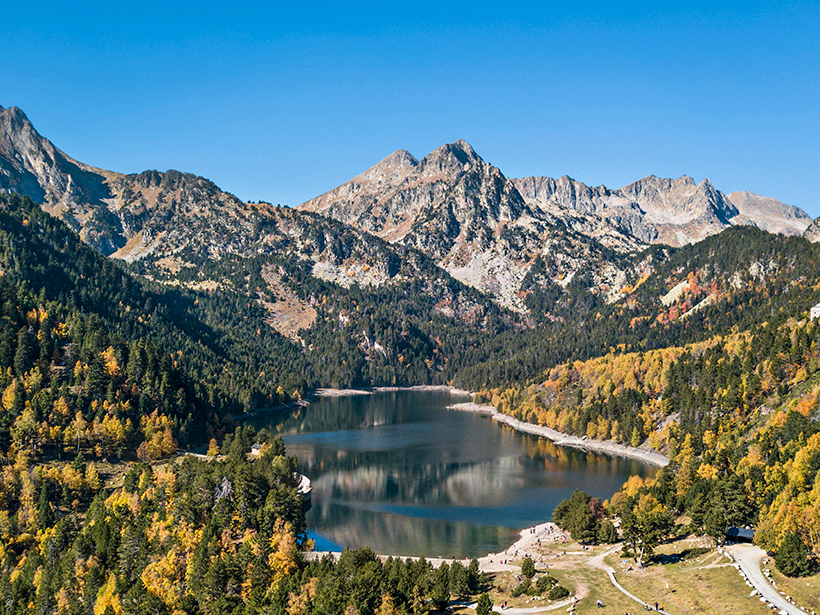The meteorite may have been blasted off of Earth during an impact, mixed with lunar rocks, and brought back to Earth 4 billion years later by astronauts.
Centennial Collection
Marking the 100th anniversary of AGU and Eos, this collection celebrates a century of achievements in the Earth and space sciences and looks forward to the next 100 years of scientific discovery and transformation.
Podcast: Uncovering the Ozone Hole
In the latest episode of its special series, AGU’s Third Pod from the Sun features scientists whose work found the source of a hole in the sky.
Seven New Awardees of Celebrate 100 Grants
These latest creative and far-reaching projects chosen for AGU Centennial support range from a giant map of Mars for display on the U.S. National Mall to a climate science workshop in Puerto Rico.
New Analysis Provides a Fresh View of the Atmosphere on Venus
Researchers apply a radio holographic method to standard Venusian atmospheric data, resulting in outputs with finer vertical resolution and revealing small-scale atmospheric structures.
Podcast: How the Cold War Drove Atmospheric Science
In the first episode of a special series, AGU’s Third Pod from the Sun traces a path from nuclear fallout detectors to modern-day meteorology instruments.
Advancing Science for 100 Years
All year long, AGU and Eos will be celebrating our Centennial by highlighting the Earth and space science discoveries from the past 100 years and the new research that is being built upon them.
How Did We Get Here? A Panel of Scientists Answers
A panel of scientists kicks off AGU’s Centennial by looking back on the groundbreaking achievements of the past century.
One-Pixel Views of Earth Reveal Seasonal Changes
By averaging satellite images of the Earth down to a single pixel, researchers trace how the planet’s mean color varies over time, results that inform observations of distant exoplanets.
Microbes Rain Down from Above, to the Tune of the Seasons
Every time snow or rain falls, it brings with it microbes from high in the atmosphere. Could those microbes have a seasonal signal, just like the plants on the land below?
New Real-Time Model May Protect Astronauts from Space Radiation
Solar energetic particle events pose an acute risk to space travelers outside the protection of Earth’s magnetic field. A new initiative aims to quantify the danger.



